Buckle up, bubbleheads, for 5 minutes on glassware (and, if you don’t mind looking as insufferable as I probably do, how to partially guard against the scourge of glass taint…)
I was sent some rather beautiful handmade glasses by Norwegian manufacturer Hadeland Glaswerk to try out. Whilst I do have an ENTIRE kitchen cupboard filled with glassware ranging from my One True Love (Riedel Superleggero Champagne), to my trusty reliables (the machined Lehmann Jamesse Grand Champagne), to Zalto Universals (the originals, darling, not the chunky new ones), and even a few Riedels that date back to my time working in a wine bar in 2008…I’m actually not a glass freak.
Glasses have as much aesthetic, sensorial meaning to me as they do in terms of ‘performance’. A glass has to be clean, neutral, sturdy enough and essentially the right shape, yes. But, more than that, to offer some sense of reassurance. It’s like listening to a fine speaker system; part of the joy is in the quality of the experience itself, and part of it, to be honest, is in knowing that it’s a great speaker system.
Restaurants and wine bars have a bit of a tough time with champagne and sparkling wine (and believe me, even back in 2008 I remember getting complaints about this): 125ml, a standard pour, looks a bit stingy to some people in anything other than a flute. Despite the obvious olfactory advantages of treating champagne like a white wine by serving it in a tulip-shaped glass with plenty of air space above the level of the wine, there’s something about the psychology of champagne that leads people to want the glass - whatever shape it is - to look full. I distinctly remember pouring a glass of champagne into one of our standard wine glasses, and the customer asking me “where’s the rest of it!?”
This is the reason behind some of the frankly ugly and weird-looking champagne glasses you see in bars and restaurants. Offenders such as this…
…which always make me feel like I’m drinking out of the glass backwards, trying to fix hiccups, with very narrow bottoms to maximise bubble appearance (and take up minimal volumes) lurching into a very sudden closing-in at the top. If you want an affordable restaurant glass that doesn’t look empty with 125ml, I prefer slightly widened-out flutes (like these Riedel Ouverture chamapgne, which I actually have a couple of):
The new Hadeland Champagne classic do a really nice job of bridging this gap, too. They’re quite small and controlled, but not too constrained. Bigger, flat-bottomed wine glasses, such as Zalto universal, are not good for most champagnes in my book (anyone from Noble Rot reading?!). Amongst decent standard glasses, I like the Gabriel StandArt better (as well as the Spieglau Definition, although this is more delicate and perhaps less everyday). Riedel’s Veritas Riesling is a nice size, too - and doesn’t make 125ml look too small.
There’s a bit of a vogue for pouring older, or very rich Pinot-dominant heavy champagnes, into huge, ballooning glasses at the moment, but I’m not usually a fan; the wine can warm very quickly, and lose a bit of life. Older champagnes sometimes seem to need more controlled glasses as their aromatics can be very fleeting.
Anyway, what was that about not being a glass freak?
Let me know some of your favourite glasses in the comments.





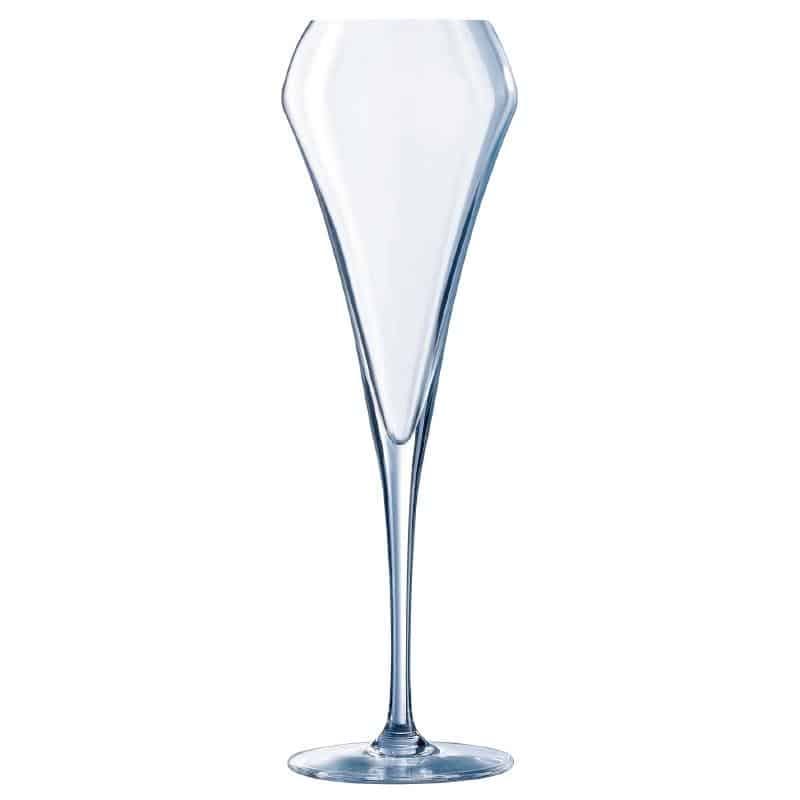
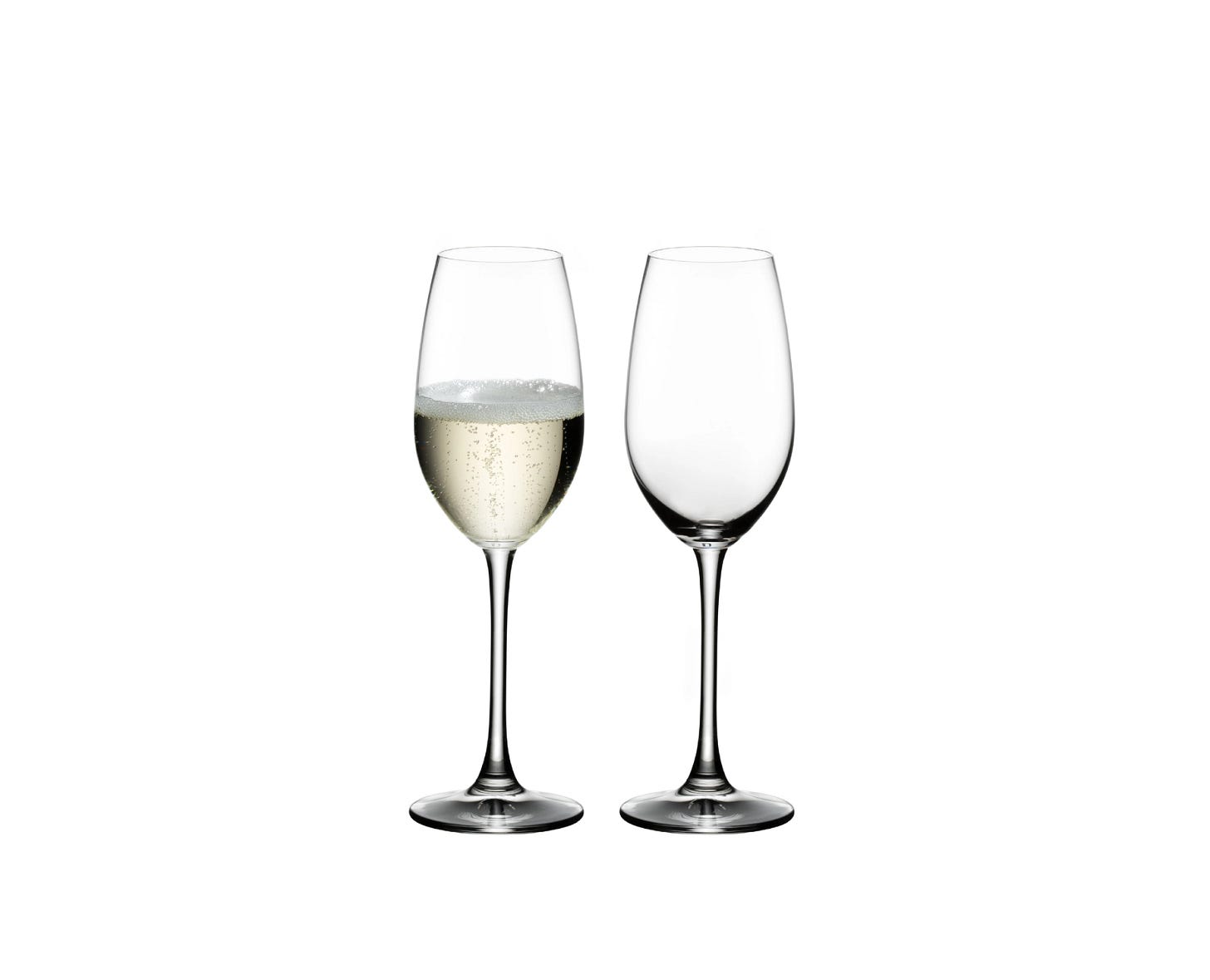





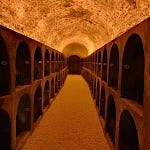
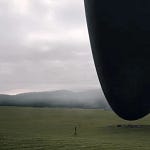
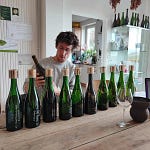
Share this post